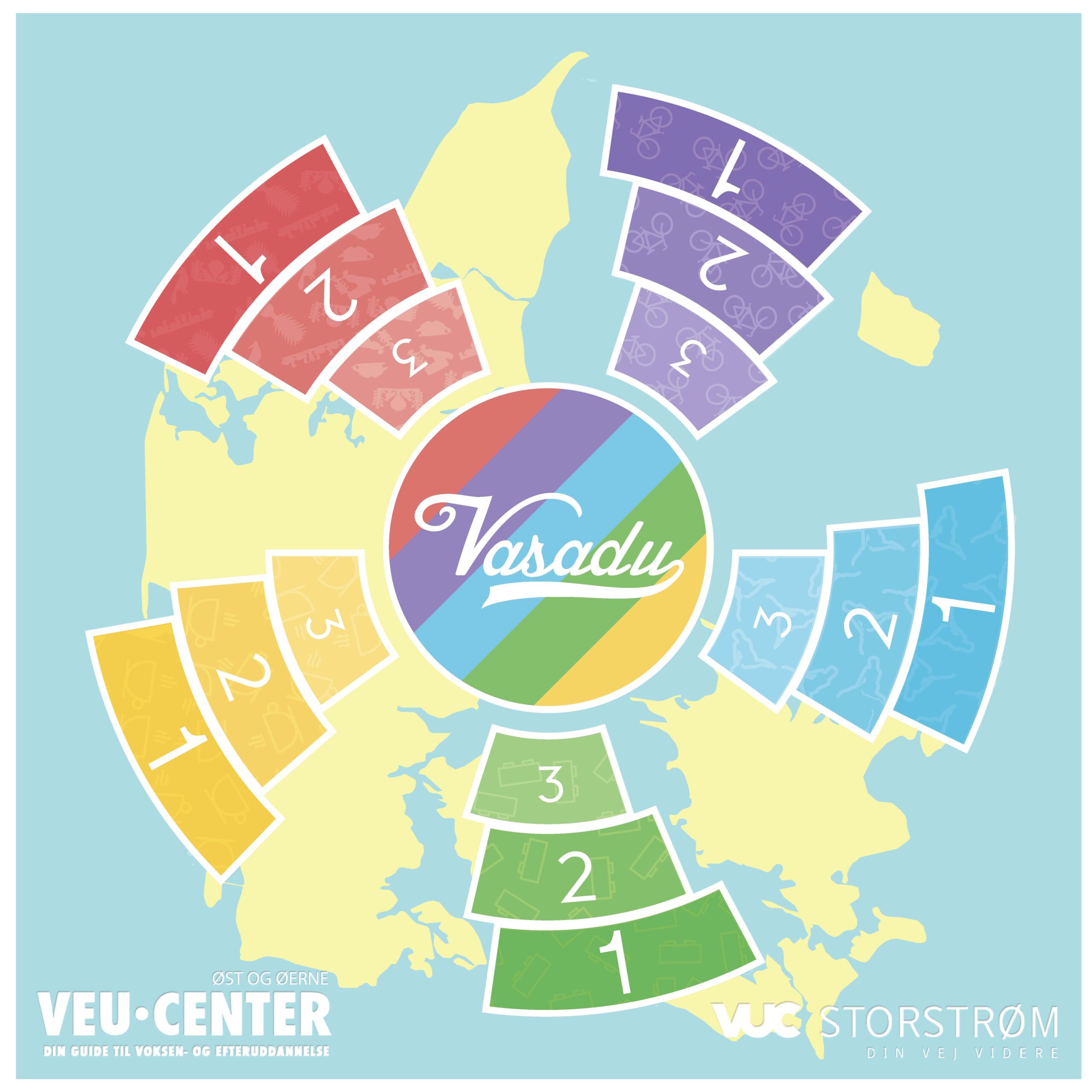Games as a tool for oral skills
VUC StorstrømBy Eva Strømberg – Teacher- Professional Bacherlor’s degreee in Danish as second language and dyslexia
VASADU- Training Danish as second language
In daily second language teaching for adults, I often find it challenging to get my students to speak in their L2. There is no doubt that it is much easier to communicate in one’s native language, especially in larger group settings where several people speak the same L1. Language is a part of one’s identity, and therefore communication in L2 may feel unnatural, intrusive, and alienating. But practice makes perfect, so how does the teacher initiate communicative activities in daily instruction on L2 that learners can transfer to everyday use, thereby helping to break the unnatural, boundary-crossing, and alienating? The answer may be “games in teaching.” Overall, games and learning are defined within two central concepts: game-based learning and gamification (Teglskov 2015).
Game-based learning involves a type of learning where the learner, for example, creates their own games or produces language in games. Gamification refers to the instructor incorporating small daily game elements into the teaching, but the teaching itself does not revolve around games. The teacher incorporates game elements to add aspects to the teaching that other educational tools cannot provide, such as competition, exploration, and role-playing (Erkmann & Lomholt 2018).
In my daily teaching, the use of games is characterized by the concept of gamification, as the games are used as a goal for the participants’ communication in L2. Oral skills are promoted by using the games as an object for negotiating meaning. Likewise, the games serve as a supplement to the daily teaching, where the goal is always to get the participants to interact and communicate with each other in L2.
Read the entire article by clicking on the orange button.

